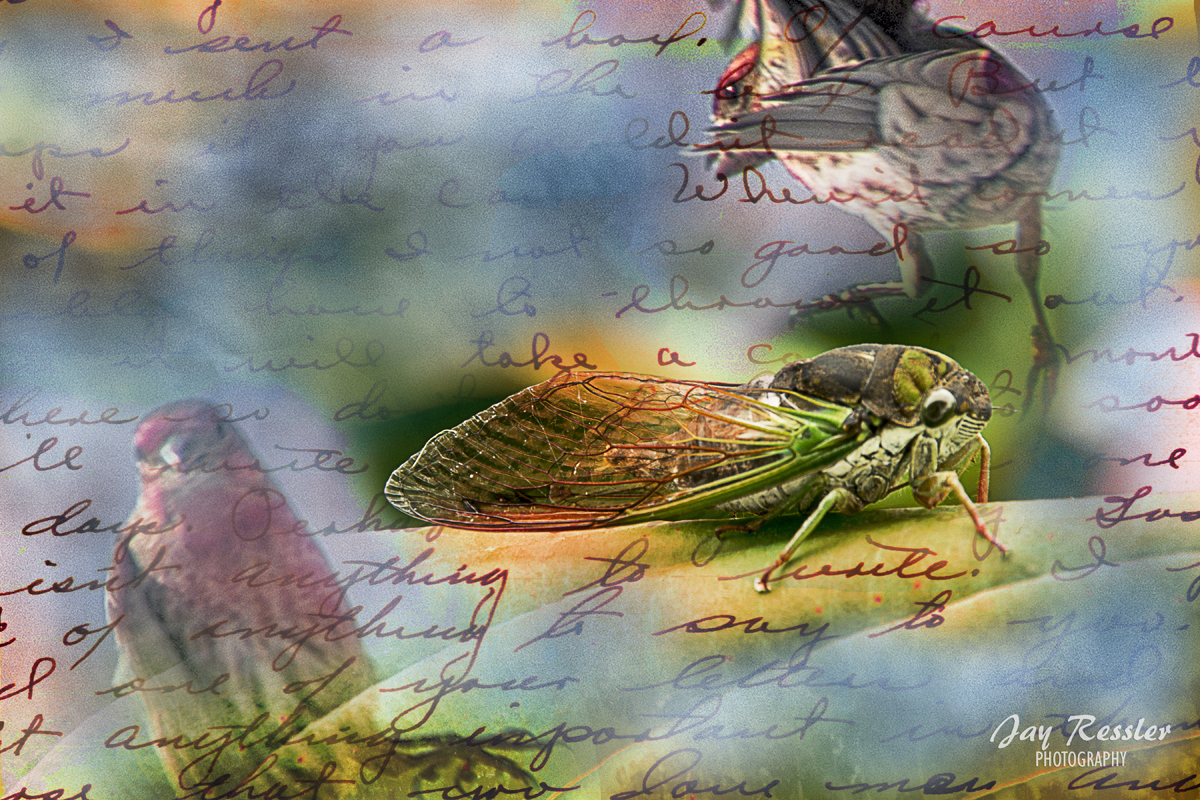No. 40. Como la Cigarra: A Song of Defiance and Survival

Did You know? Cicadas have been used as money, in folk medicine, to forecast the weather, to provide song (in China), and depicted widely in folklore and myths around the world.
Cicadas are featured in the well-known protest song “Como La Cigarra” (“Like the Cicada”) written by the Argentinian poet and composer, María Elena Walsh. In the song, the cicada is a symbol of survival and defiance against death. “Como La Cigarra” was famously recorded by Mercedes Sosa View her singing it here.
These insects have been featured in literature since the ancient Greeks and in decorative Chinese art for at least a thousand years. In one Japanese novel, the main character poetically likens one of his many love interests to a cicada for the way she delicately sheds her robe the way a cicada sheds its shell when molting. Cicadas are a frequent subject of haiku, where, depending on the type, they can indicate spring, summer or autumn.
In a song popularized by Linda Ronstadt and others, “La Cigarra” (“The Cicada”), written by Raymundo Perez Soto, is a song that romanticizes the insect as a creature that sings until it dies.
The cicada has represented carelessness or indifference since classical antiquity. In one of Aesop’s fables, the cicada spends the summer singing while the ant stores away food, and finds herself without food when the weather turns bitter.
The cicada symbolizes rebirth and immortality in Chinese tradition.
With a cruel and ironic twist in an Ancient Greek myth, Tithonus turns into a cicada after being granted immortality, but not granted eternal youth, by Zeus. The Greeks also used a cicada sitting on a harp as emblematic of music.
This photo is one I will feature in an upcoming Studio B group exhibit “Larger than Life.”
